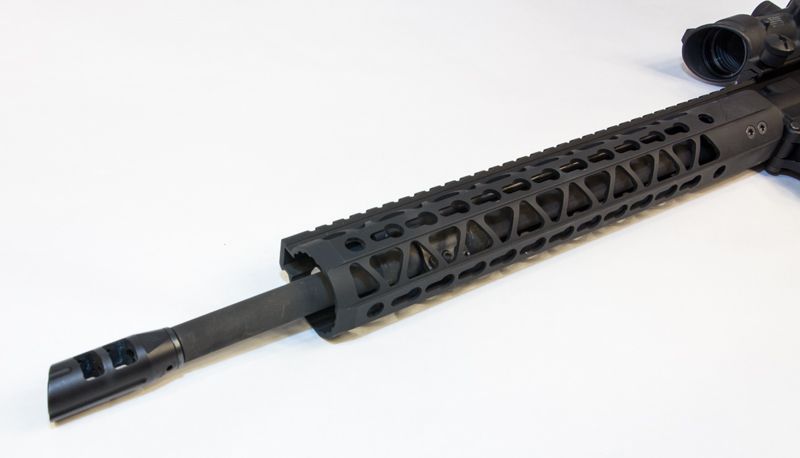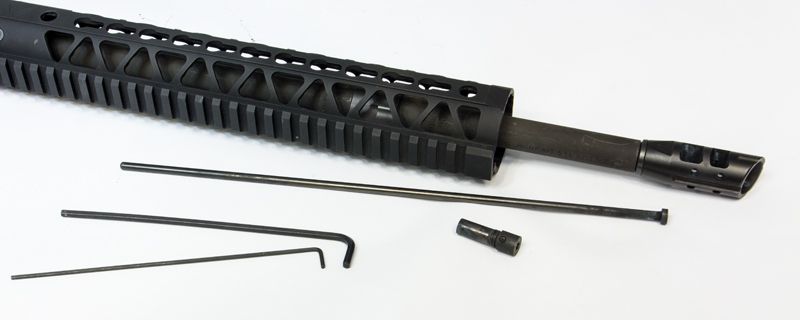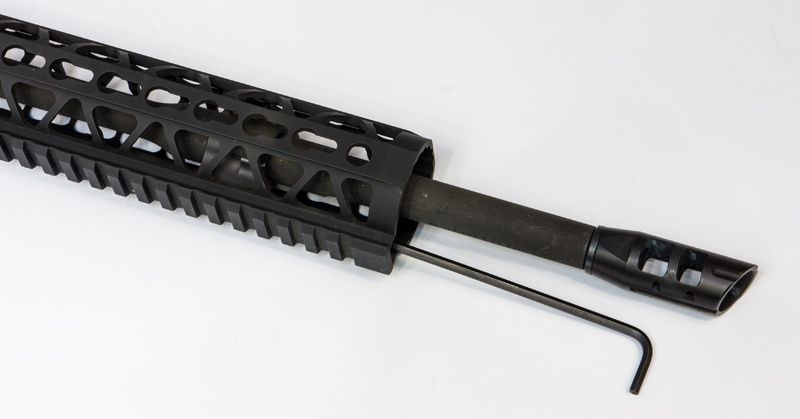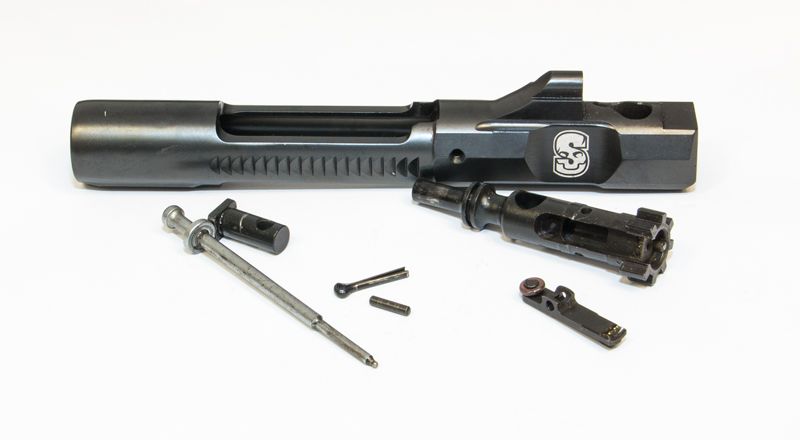Results 1 to 2 of 2
Threaded View
-
25 January 2015, 22:01 #1
Syrac Ordnance Low Pro Adjustable Retro Fit Gas Piston System
Syrac Ordnance is now offering adjustable gas blocks, retrofit piston kits and complete barreled uppers.
From their web page for the Mid-Length Piston Kit:
Price: $299.95
This is the Syrac Ordnance New Low Pro Fully Adjustable Retro Fit Gas Piston System for the AR15 style platform. This Piston System replaces the standard AR15 impingement gas system. It makes the rifle run much cleaner without blowing burnt carbon into the upper receiver Group. The piston gas block is low profile and fits under most handguards in the market. It will fit with any barrel nut (if a gas tube fits, the piston rod will fit). The Syrac Ordnance piston system has a gas adjustment screw that is accessed from the font of the gas block with a Allen Key (included). The gas screw is locked into position by a click adjustment. The gas adjustment screw allows you to adjust the amount of gas that enters the system to reduce recoil. You are able to fine turn your rifle based on the type of ammo you use and/or if you are using a silencer. You have the option of completely turning the gas off which causes the rifle to not cycle. All parts, including the gas screw, are removable for cleaning purposes.
Specs:
Firearm Type: AR15
Gas Length: Mid
Barrel Diameter: 0.750"
Weight: 13.1 oz.
Bolt Carrier: Carrier body and key are one solid piece. Skis on the back of carrier.
Gas Block Attachment Type: Clamp-on
Gas Adjustment: Front of gas block
Included:
Piston System w/ one piece carrier (key is integral to carrier)
(1) 7/64" X 6" L-shaped Hex Key (tool to adjust gas screw and remove/install gas block plug)
Recently I was lucky enough to receive a completely assembled demo unit to test drive. The configuration is a bit different than those listed on their web page. This one consisted of a Rainier Arms Forged A4 Upper, Rainier Arms Force Free Float System, Rainier Arms 16" Mid-Length Mountain Series Barrel , RAC Compensator and Raptor Charging Handle. The mid-length assembley was ready to be dropped onto an existing complete lower. The total weight for the complete upper was just a hair under 4 lbs on my scale.

Without this turning into a piston vs direct gas topic, I''ll admit that I do not own a single piston gun, but have shot several. This particular upper arrived during a range day and another instructors assisted in putting some rounds through it. We were not gentle and warmed it up right away with a few mag dumps. Out of the five 30 round mags, there was one malfunction which appeared to be a failure to feed in the third mag. The chamber was empty with rounds left in the magazine. An immediate action drill resolved the issue. The barrel got smoking hot (gloves were a good thing), but the BCG remained cool.
Most of the testing was done in this configuration, with an Aimpoint PRO and later with an older Trijicon TA01 ACOG in place.

Upon examining the upper after it's first session I noticed tiny specs of aluminum in the upper receiver and gouging behind the cam pin relief. The hardened steel cam pin had apparently cut a shallow channel into the aluminum. Additional wear after the initial wear-in was not seen. I disassembled the piston components but didn't bother to clean them during the testing, which was only about 500 rounds. Note how clean that the components were after those rounds though.



During the next range session I experienced several fail to feed issues, similar to the first. With rounds remaining in the magazine the bolt was closing on an empty chamber. The rifle appeared to be fully cycling, as it would lock open on an empty magazine, but apparently this was not the case. I had to adjust the gas settings a few times to dial in enough gas for reliable operation. Ammo used was primarily M855, M193, 55 gr .223 ball and 55 gr .223 SP.

It's difficult to see hiding under the rail, but there is a hex head set screw that rotates to adjust the amount of gas being bled off to operate the piston. A long hex wrench is provided, but it's somewhat clumsy to make the adjustments, especially with less than ideal lighting. On my sample the click adjustments were there, but not very distinct. The only way to consistently get to the same setting is to screw it all they way down, and then back the screw out and count the clicks. There is no visual indicator.

The bolt carrier group was cleanly machined and the finish is very smooth. It's an M16 style with a protected firing pin. The usual gas key is replaced with a solid strike surface for the op rod. Materials are not listed on their web page. Since the gas block itself was already installed and hiding under the rail, I did not get a chance to really check it out.
Accuracy with this configuration was similar to that of other 16 inch chrome lined barrels. 100 yard groups ranged from just under an inch to just over 2 inches. The wide variance is mainly due to the shooter. Recoil, while subjective, felt similar to that of other mid-length systems.
Recoil, while subjective, felt similar to that of other mid-length systems.

Overall, I'm lukewarm on this. Perhaps this would be a decent choice for those folks that like to tinker with various loads and settings, but I don't see it as something I would recommend for LE, Mil, or defensive use. I appreciate that the system runs very clean, but I'm not inclined to spend $300 extra with minimal benefits over an existing direct gas system.
This same upper is going to be passed down the line for a couple forum memebrs to review, so it will be interesting to see what their take is on it. Stay tuned.







 Reply With Quote
Reply With Quote

